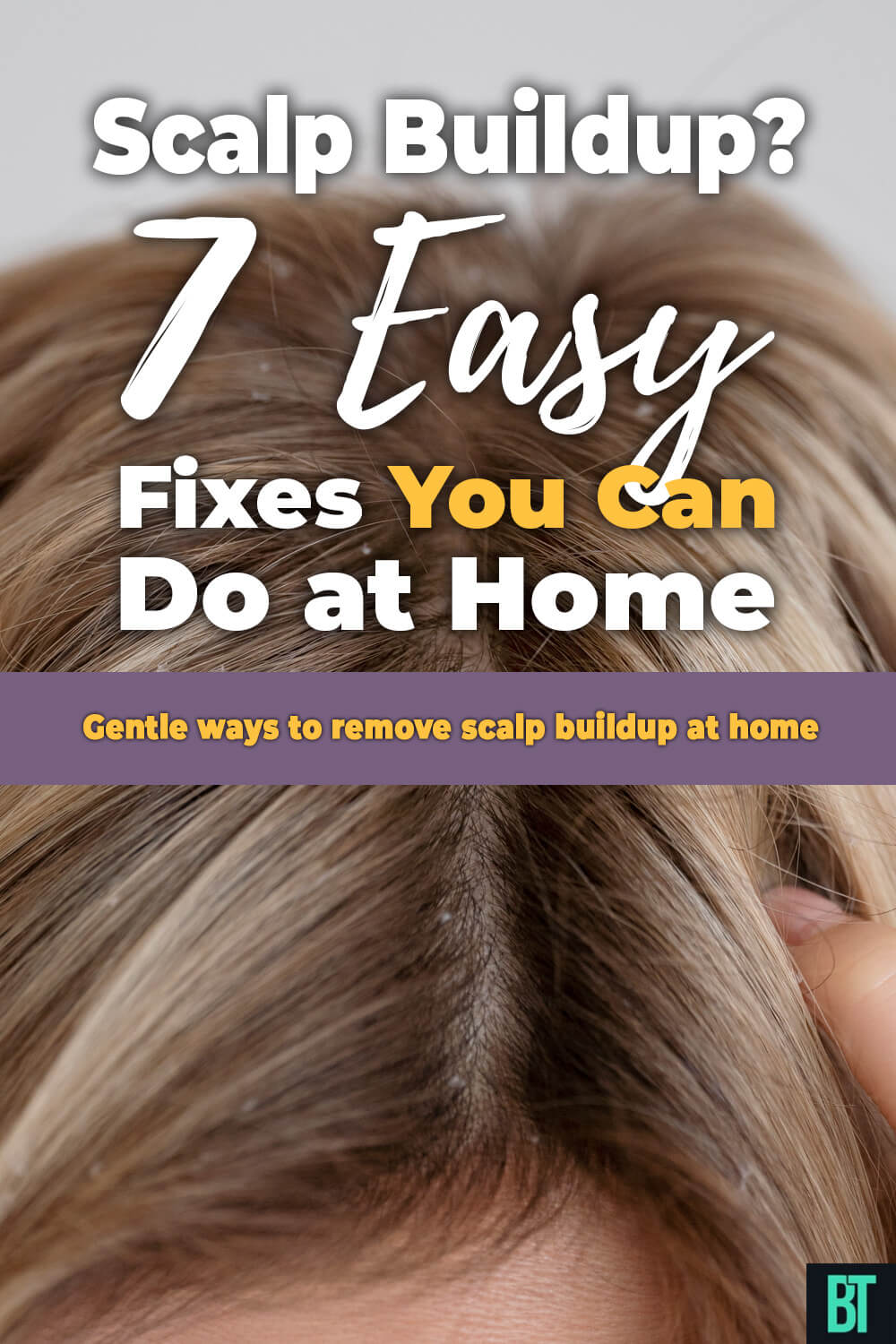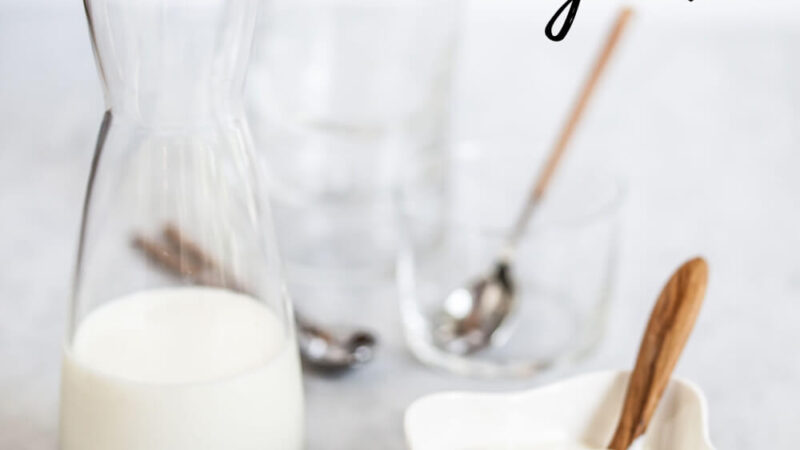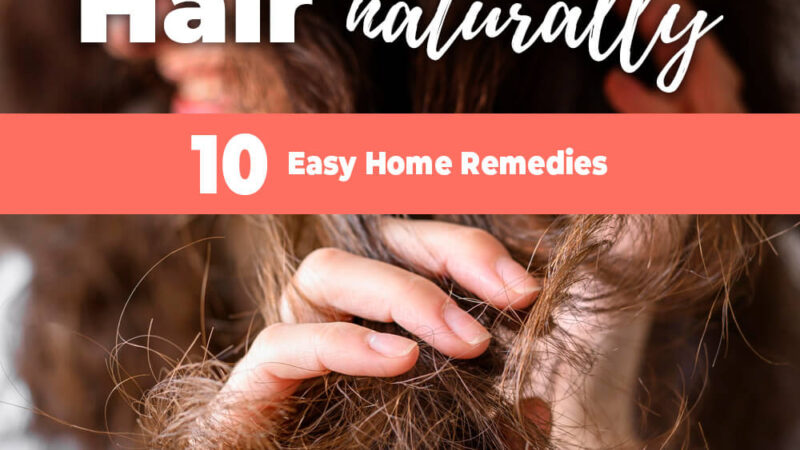How to Remove Scalp Buildup at Home: 7 Gentle Methods That Actually Work

Let’s be honest—few things ruin a good hair day faster than roots that feel heavy by noon. You wash. You style. And then… flat, itchy, almost waxy at the scalp. Sound familiar? I’ve been there. The usual suspects are product buildup on the scalp, excess oil, sweat salts (hi, gym days), and even mineral deposits from hard water. The fix doesn’t have to be harsh. It can be gentle. Consistent. Kind to your scalp.
Imagine your scalp as the “skin care” step you’ve been skipping. When we remove scalp buildup the right way—without stripping—we get lighter roots, better volume, and that clean, swishy feeling. Shine. Relief. Balance.
Below, I’ll help you spot whether it’s buildup vs. dandruff, then walk you through seven friendly, at-home methods (from micellar rinses to chelating). I’ll share exact ratios, contact times, and who each method suits, so you can pick your best path and create a simple routine that actually sticks.

Buildup vs. Dandruff: How to Tell (Quick Reality Check)
Not sure what you’re looking at? You’re not alone. Here’s how I explain it when a friend texts me a “help!” photo.
Buildup clues:
- Flakes look flat, translucent, plate-like.
- Hair feels super clean right after a deep wash, but gets dull or itchy again when you layer on dry shampoo, hairspray, or cream stylers.
- Trouble zones: hairline and crown—where we spray and smooth the most.
Dandruff clues
- Flakes are powdery or greasy clumps, with redness or persistent itch.
- Doesn’t really improve with clarifying alone; often responds to medicated shampoos.
When to see a pro
- Red, weeping, or swollen patches
- Thick, adherent scale that won’t lift
- Intense itch or shedding
- No change after 2–3 weeks of gentle care
Unsure? Start with the gentlest options below (micellar, diluted ACV), go slow, and stop if irritation pops up. Your scalp is skin—treat it like one.
7 Gentle Methods for Scalp Buildup Removal (From Mild → Stronger)
Think of this like a wardrobe: basics you use a lot, plus a few “power pieces” you pull out when needed. We’ll clarify or chelate strategically, not constantly. Ready?
1) Micellar Pre-Wash Rinse (Ultra-Gentle Reset)
Great for: Fine hair that gets weighed down, sensitive scalps, frequent washers, post-workout rinses.
Why it helps: Micelles act like tiny magnets for light oil and sweat salt—clarifying hair at home without the squeak.
How to do it
- Wet hair with lukewarm water.
- Use a micellar shampoo or dilute your gentle shampoo 1:3 (shampoo:water) in a squeeze bottle so it reaches the scalp evenly.
- Massage 60–90 seconds, focusing on hairline and crown.
- Rinse thoroughly. Condition mid-lengths to ends only.
How often: 2–4×/week as needed.
Tiny tip: If you’re a dry-shampoo lover, this quick rinse between full washes curbs that “sticky root” feeling before it layers up. Streamline.
2) Clarifying Shampoo (Once Weekly or As Needed)
Great for: Styling product fans, swimmers, or anyone who’s been heavy on silicone serums and texture sprays.
Clarifying vs. regular: Clarifiers have stronger surfactants and a lower pH to lift product films so the scalp can breathe.
How to do it
- Soak hair well.
- Work a quarter-size amount into the scalp (add water to spread).
- Massage 2 minutes—don’t rush the hairline and crown.
- Rinse, then follow with a pH-balanced conditioner from ears down.
How often: Weekly for most; every 10–14 days if hair is dry or color-treated.
Color note: Choose formulas labeled color-safe and avoid clarifying for 5–7 days after fresh color. Protect that tone. If you’re mending damage from past heat styling while you reset your scalp, this guide on how to repair heat-damaged hair naturally can help you rebuild softness without starting from zero.
3) Chelating Treatment for Hard Water (Mineral Deposit Fix)
Great for: Anyone noticing stiff hair, dullness after moving, or brassiness (especially blondes). If your shower glass gets chalky quickly, you probably have hard water buildup.
What it does: Chelators (EDTA, phytic acid, citric acid) bind minerals (calcium, iron) so they rinse away—something clarifiers can’t fully handle.
How to do it
- Use a chelating shampoo/treatment monthly (every 2–4 weeks if water is very hard).
- Work into scalp and roots; leave 3–5 minutes per label.
- Rinse well and condition lengths lightly.
How often: Monthly baseline; adjust to your water and styling habits.
Signs you need it: Hair feels clean but oddly stiff, color turns brassy, scalp is itchy despite clarifying, or you notice white spots/film on fixtures. If you’re rocking silver strands and want to keep them luminous while you manage minerals, peek at how to brighten gray hair (no purple shampoo) for gentle tone-boosting tricks.
Travel trick: Finish with a distilled-water final rinse (1–2 cups over scalp) when visiting hard-water areas. Simple. Effective.
4) Apple Cider Vinegar (ACV) Rinse — Gentle & Precise
Great for: Oily roots, dullness, light residue, mild itch (no broken skin).
Why it helps: ACV’s acidity rebalances pH, adds slip and shine, and can nudge away light mineral film.
Safe ACV ratios
- Start mild: 1 tbsp ACV : 1 cup (240 ml) water.
- Normal/oily scalps can try up to 2 tbsp per cup.
- Sensitive or freshly colored? Stay at 1 tbsp per cup (or 1 tbsp per 2 cups).
How to do it
- Shampoo lightly first.
- Pour the ACV mix along the scalp, avoid eyes.
- Massage 30–60 seconds.
- Wait 1–2 minutes, then rinse well.
- Condition mid-lengths to ends.
How often: Every 1–2 weeks.
Cautions
- Patch test first.
- Skip if skin is irritated or freshly abraded.
- Avoid the same week as a fresh dye job; acidity can shift color slightly.
5) Salicylic Acid Scalp Toner (0.5–2%)
Great for: Oily, congested scalps; hat hair days; flaky residue that clings after workouts.
Why it helps: Salicylic acid (BHA) loosens dead skin cell bonds and decongests pores so oil and residue rinse away more easily.
How to do it
- Part hair in sections.
- Apply a 0.5–2% salicylic acid scalp toner/serum directly to scalp.
- Leave 5–10 minutes (per product), then shampoo.
- Condition lengths, not scalp skin.
How often: 1–2×/week.
Safety notes
- Patch test.
- Don’t pair with gritty scrubs on the same day.
- If you use prescription scalp treatments, check with your clinician before adding acids.
6) Gentle Physical Exfoliation (Sugar Paste or Soft Brush)
Great for: Occasional “gunk” at the roots from texture sprays and dry shampoo.
Why it helps: A soft, scalp exfoliation moment can lift residue—no sandpaper vibes required.
Sugar paste
- Mix 1 tsp fine sugar + 2 tsp conditioner or aloe gel.
- Apply to wet scalp in sections.
- Massage with fingertips (not nails) for 60 seconds.
- Rinse thoroughly; follow with a gentle shampoo.
Scalp brush
- Only on wet, lathered scalp.
- Tiny circles, 30–60 seconds, light pressure.
How often: Every 2–3 weeks (less if sensitive).
Skip: Salt or shell powders—they can create micro-abrasions and more flakes later. Not worth it. Prefer recipes you can control? Try these DIY scalp scrubs to boost hair health for gentle, kitchen-friendly options.
7) Post-Workout Quick Rinse or Co-Wash (Sweat Strategy)
Great for: Daily exercisers, helmet/hat wearers, anyone who says “my scalp sweats like crazy.”
Why it helps: Clears sweat salts before they glue themselves to product residue. Fresher roots, less itch.
How to do it
- Quick rinse: Lukewarm water for 30–60 seconds; add a pea of gentle shampoo at roots if needed.
- Co-wash option: Massage a light cleansing conditioner into scalp for 1–2 minutes, rinse, and clarify on your normal schedule.
How often: After sweaty sessions.
Bonus: Blot roots with a microfiber towel to speed dry and keep your blowout intact. Little things matter.
Build Your Weekly Scalp-Care Routine (Easy Template)
Let’s make this doable. Consistency beats intensity—every time.
Fine/Oily Hair
- Mon: Micellar rinse
- Wed: Salicylic toner (5–10 min) → shampoo
- Sat: Clarifying shampoo
- As needed: ACV every 2 weeks
Normal/Medium Hair
- Tue: Gentle shampoo
- Fri: Micellar or post-workout co-wash
- Sun: Clarify every other week
- Monthly: Chelate if water is hard
Curly/Coily/Dry Hair
- Wed: Co-wash
- Sun: Gentle shampoo + conditioner
- Every 2–3 weeks: Clarify (color-safe)
- Monthly: Chelate if hard water
- Optional: Mild ACV every 3–4 weeks
Protective Styles/Locs
- Weekly: Diluted shampoo in an applicator bottle to reach parts
- Biweekly: Clarify if you use gels/sprays
- Monthly: Chelate if hard water
- Always: Keep heavy oils off scalp skin to avoid congestion
5-Minute Scalp Massage
- Pads of fingers, tiny circles from nape → crown → hairline.
- ~30 seconds per zone, light pressure only.
- Feels good, boosts circulation, and helps loosen residue before rinsing.
For the rest of your routine, lean on healthy hair habits that support a calm scalp and strong lengths day-to-day.
Hard Water 101: Do You Need a Filter?
Clues: White spots on glasses, soap that won’t lather, hair that feels clean but stiff, blonde tones turning brassy.
Simple fixes: A showerhead filter (sediment + carbon), monthly chelating, and a
distilled-water final rinse when you travel.
Bigger fix: A whole-home softener if hard water is intense. It’s an investment, but often a game-changer for skin and hair.
Common Mistakes (No Shame, We’ve All Done These)
- Over-clarifying “just to be safe” (it backfires with rebound oil).
- Gritty scrubs that scratch the scalp.
- Oiling the scalp to treat flakes that are actually residue—oil can trap more buildup.
- Rushing the rinse at the hairline, crown, and behind ears—prime buildup zones.
- Hot water that irritates and ramps up oil production.
- Dirty tools—wash brushes/combs weekly.
If lengths feel thirsty after a deep clean, pamper them with a nourishing mask—these ideas for avocado for hair are simple and so softening.
FAQs
Is ACV safe on color-treated hair?
Yes—when diluted (start at 1 tbsp per cup) and not used right after coloring. Give your color 5–7 days before any clarifying or ACV.
How often should I clarify?
For most, weekly is plenty. If your hair is dry or curly, every 2–3 weeks may feel better. If hair turns squeaky-stiff or tangly after washing, scale back.
What’s the difference between clarifying and chelating?
Clarifying lifts product films and oils. Chelating removes mineral deposits from hard water (calcium, iron). If your water is hard, chelate monthly even if you clarify.
Can rosemary oil help after clearing buildup?
If you love it, use it after the scalp is clean so it doesn’t trap residue. Always dilute in a carrier and avoid loading the scalp skin if you’re prone to congestion.
Still not sure if it’s dandruff?
If flakes persist despite gentle clarifying/ACV—and there’s redness or itch—try a medicated shampoo and/or check in with a professional.
The Bottom Line
Start gentle. Rotate smarter: micellar → clarify (weekly) → chelate (monthly) if hard water is a thing. Use ACV at safe ratios, salicylic acid 0.5–2% thoughtfully, and keep heavy products off the scalp skin. Build a routine that fits your hair and your life—because the best routine is the one you’ll actually keep.
Light roots. Glossy lengths. Happier scalp. Balance.
https://www.beauty-tips.net/how-to-remove-scalp-buildup-at-home/





